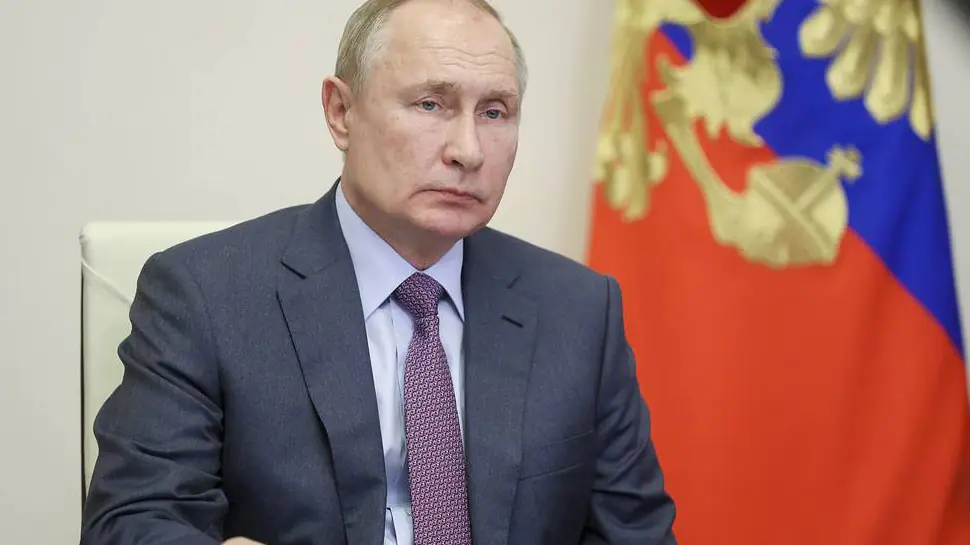Indian yoga instructors, chefs, students and STEM (science, technology, engineering and mathematics) graduates will have easier access to Australia while premium wine from that country will make greater inroads into Indian supermarkets once a new bilateral Economic Cooperation and Trade Agreement (ECTA) comes into force.
The deal was signed on Saturday by commerce and industry minister Piyush Goyal and his Australian counterpart Dan Tehan at a virtual ceremony attended by Prime Minister Narendra Modi and Australian premier Scott Morrison.
It is expected to come into force in three-four months once the Australian Parliament ratifies it after elections there. The deal will be followed by a broader free trade agreement (FTA) in due course.
This is India’s second trade pact with any nation in two months, following its FTA with the UAE in February.
The ECTA promises preferential, largely duty-free access to all Indian goods in five years (from 96.4% immediately after the pact comes into effect) and 85% of Australian products (from 70% to start with) to each other’s market.
In services, Australia has pledged greater access in about 135 sub-sectors and the most favoured nation (MFN) status in 120 sub-sectors.
These cover key areas of India’s interest like IT, ITES, business services, health, education and audio visual.
Some of the key offers from Australia in the services space include quota for Indian chefs and yoga teachers; post-study work visa of two-four years for Indian students on reciprocal basis; mutual recognition of professional services and other licensed/regulated occupations; and work and holiday visa arrangement for young professionals.
India has offered Australia market access in around 103 sub-sectors and MFN status in 31 sub-sectors from the 11 broad service sectors. These include business services, communication services, construction and related engineering services.
Both the sides have factored in each other’s sensitivities while firming up the deal, Goyal said. New Delhi has kept its dairy sector out of the pact’s purview and offered only limited access in agriculture. So, scores of sensitive farm products, such as sugar, rice, wheat, walnut, apple, pulses and oilseeds, have been excluded by India from the ambit of the agreement.
In certain cases, it has tied concession to a quantitative cap. For instance, India will allow only long-staple Australian cotton at zero duty, subject to a cap of 3,00,000 bales, which is less than 1% of its annual domestic consumption. Australia oranges and mandarin will get preferential access only up to 13,000 tonne. New Delhi has also kept iron ore out of the pact.
Similarly, Australia will have preferential access to the Indian market in raw materials such as coal, aluminium and premium wines. New Delhi will allow Australian wine that costs between $5 and $15 per 750 ml at a concessional duty of 100% initially from the current 150%. The tariff will be cut by 500 basis points annually for 10 years and finally kept at 50%. Similarly, the import duty on wine beyond $15 per 750 ml will be reduced to 75% immediately; it will then be cut by 500 basis point annually for 10 years to be kept at 25%.
Indian labour-intensive sectors, including gems & jewellery, textiles & garments, leather, footwear, furniture and food & farm products, and engineering products, medical devices and automobiles will benefit from the pact. Both sides have also agreed to a separate chapter on pharmaceutical products under this agreement, which will expedite the approval for patented, generic and biosimilar medicines.
With the clinching of the deal, both the countries are aiming to almost double bilateral trade to $50 billion from $27.5 billion (in 2021) in the next five years. India had an overall trade deficit of $6.5 billion, thanks primarily to a gap in merchandise trade.














